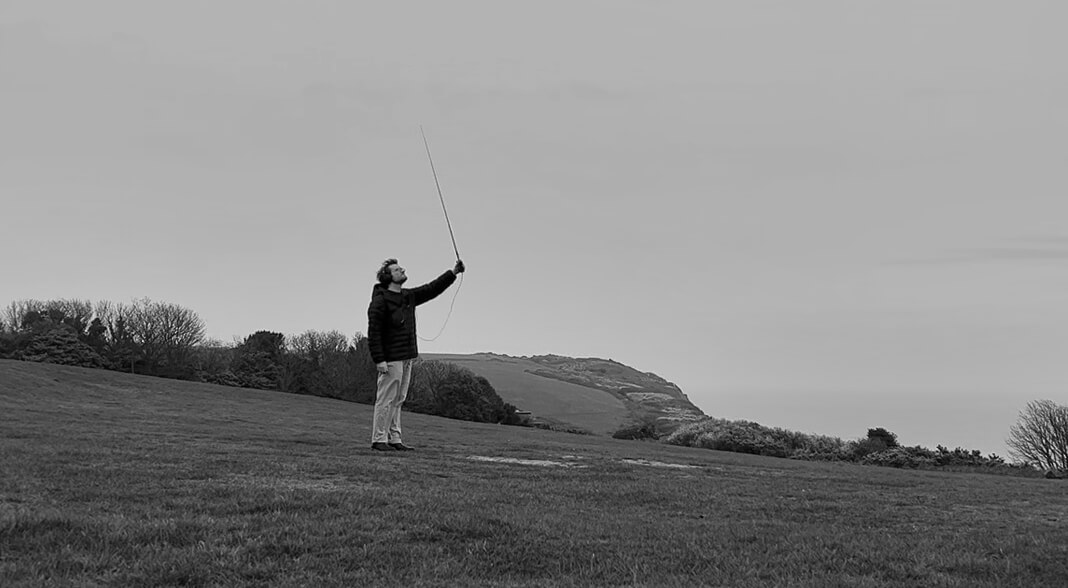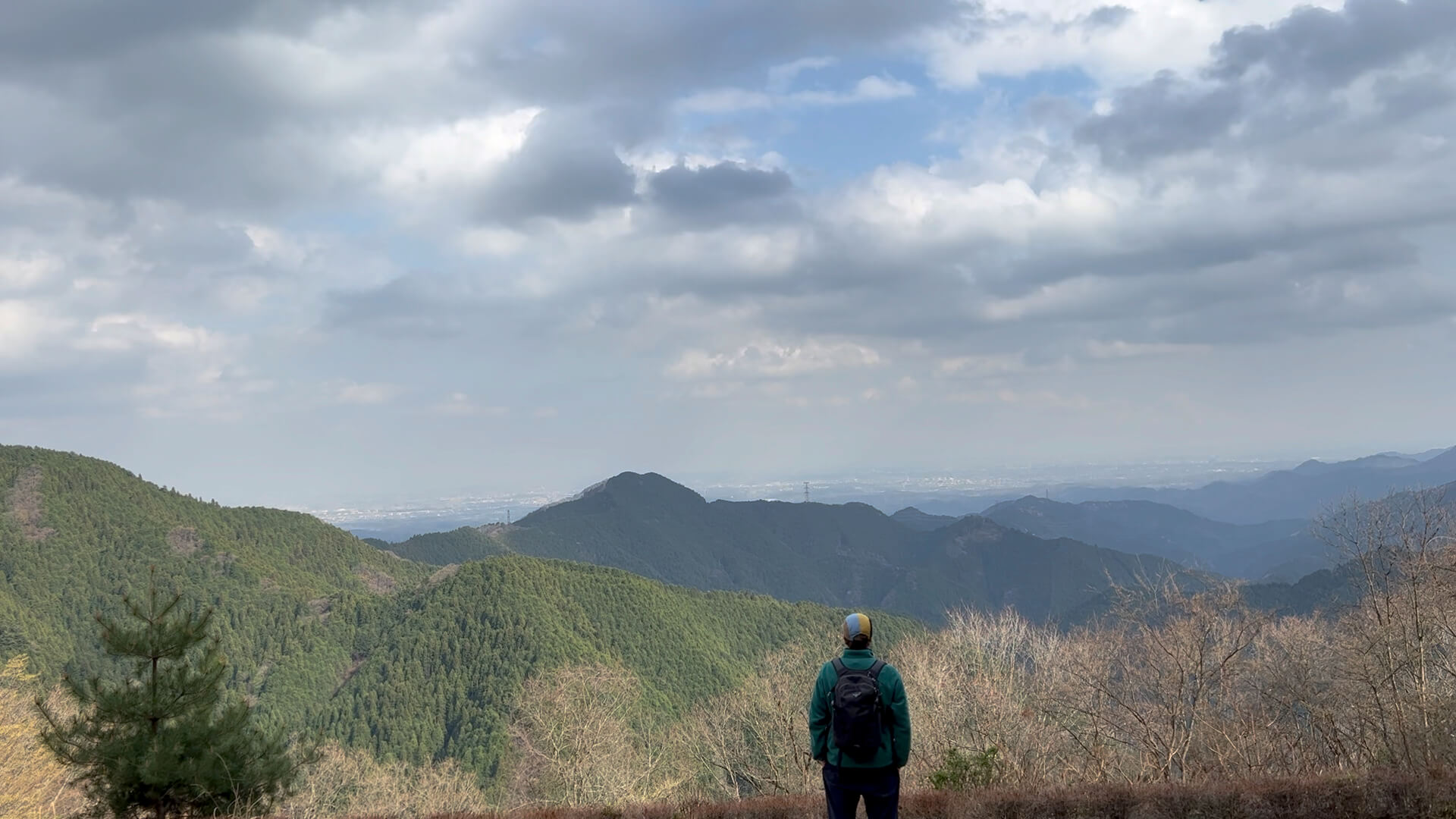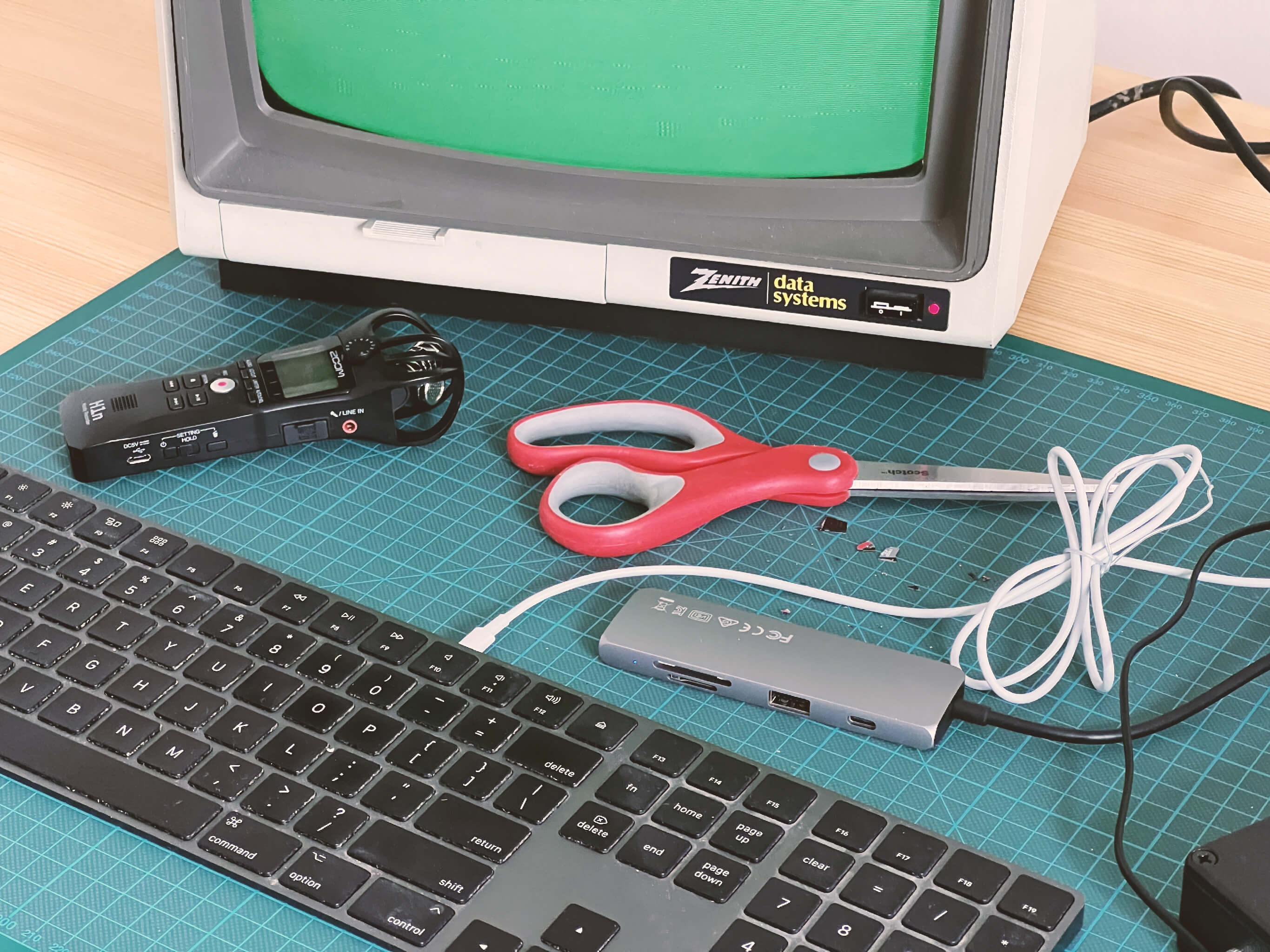The Sferic Project
2023.02 – ongoing
The Sferic Project is an ongoing art and research project studying Earth's natural radio and atmospheric noise. The project involves recording data in the wild using a Very Low Frequency (VLF) radio receiver, and transcribing this into a digital format. These recordings are being used as a source of random entropy for new cryptographic protocols and generative artworks.

natural radio
All around the world, there are about 44 lightning strikes happening every second. This activity emits electromagnetic energy that can be picked up thousands of kilometers away with a radio receiver tuned to a frequency range between 300 Hz and 13 kHz (designated the Very Low Frequency or VLF band). These signals occur in the audible frequency range, so humans 'hear' this atmospheric noise as an endless stream of pops, cracks, and whistles — collectively known as sferics.
radio as a source of randomness
As randomness lies at the core of so many generative artworks, I've found it interesting to study and experiment with alternative sources of random entropy. To produce randomness, most computer systems — including modern cryptographic protocols and generative art — make use of pseudo-random number generators (PRNGs). These are designed to generate sequences of numbers that appear random over large periods, but in reality they are driven by deterministic and predictable arithmetic. Atmospheric noise is interesting in that its properties are more akin to a true random number generator that is non-deterministic and aperiodic.

escaping the grid
The most fascinating aspect of capturing sferics, and what drew me into this, is the need to escape the urban sprawl. If you turn on a VLF radio receiver in your city, you'll mostly only capture the 50 or 60 Hz hum of electricity generated by the power grid. In order to get a clean signal, you need to be kilometers from the nearest power line, in a remote location untouched by the constant mass of electromagnetic radiation of modern human technology. Underground power lines, nearby cell towers, electronic devices, and even mobile phones can interfere with your recording. Finding a clean source has proven challenging, driving me to continually venture further afield.
I have so far captured recordings in remote locations in South Korea, Japan, and the United Kingdom, with plans to continue recording in other locations worldwide.

entropy for cryptographic means
In April 2023, a recording of atmospheric noise along the southern coast of the United Kingdom was used as a source of random entropy for Ethereum's KZG Ceremony. This is a collective initiative to make a trusted setup for a new polynomial commitment scheme that can help improve Ethereum's scalability. The ceremony included thousands of participants worldwide, and a small handful of "special contributions" that made use of creative sources of random entropy. The Sferic Project was granted a special contribution slot by the Ethereum Foundation, and a recording of random atmospheric noise was submitted to the KZG Ceremony sequencer on April 14th, 2023 (see note).
The microSD card containing the recorded radio data was loaded directly onto an air-gapped Raspberry Pi Model B without internet, with computations performed locally. Afterwards, the memory card containing the radio data was formatted and then physically destroyed with scissors to ensure my secret commitment will never be known, not even by me.

future work
This is a long-term project that will progress slowly over the course of many months. With each new recording, I learn a little more about how best to avoid interference and steer clear of unwanted sources of electromagnetic radiation. I plan to use these recordings as a source of randomness for a new series of generative and audio-visual artworks, to be released at a later date.
notes
- Special thanks to Stephen McGreevy's WR-3 radio receiver, a device that is specifically built for natural radio listening.
-
Public transcript for my
KZG contribution
below:
Contribution #83340 Participant ID: 0x32262672c6d1b814019f4ca4e2fc53285a919704 Powers of Tau Pubkeys: (2^12): 0xb3b911dc87eca0dbd112683c0b4a2de75c7ed54dacecf7e39ad195635f184500b0dc1b1e76e91fc618c271aa90f0c5d1004a62a6770a1c124465b33742f6ce6eeb396f037197a39005e767072aad4d2ebbb4e2a4f2924a2fb75afc2774d1df97 (2^13): 0x8275ccada94f3eeef20dde781243fc7b0229e5607b9b1a720a60de25984c8c7dafcfdfa54a6326b27219e94480973ac213560c92a8225c9d9d081459679d648e79552875807c278c2656f12abb267b10d30ff1f060428bc88536b46219147ee6 (2^14): 0x8f2287c6b5d5faeb6860bca0fa66c979117f44d7b1aaf01120c167e650bf0483067d4bd6e72e241804fcc6d18a885a4206683ee3459db5ce4e10167a675dec39ff840ee2a7f392f9bd175f7523d2c01a6c3a39268584ccaf0392f537d823bbcc (2^15): 0x96a1bbb71fdaa3d21438505bc651d1033011635946685e3f48e17d3fbbc1fe0f22e92fa359572eaf536edf4d17ac49f307ac3c8c4986d74d5e2edbb5277ee2a5fbc65250bbc1497ba20d51268647e5293677221854202eb40acf4f72b5029a98